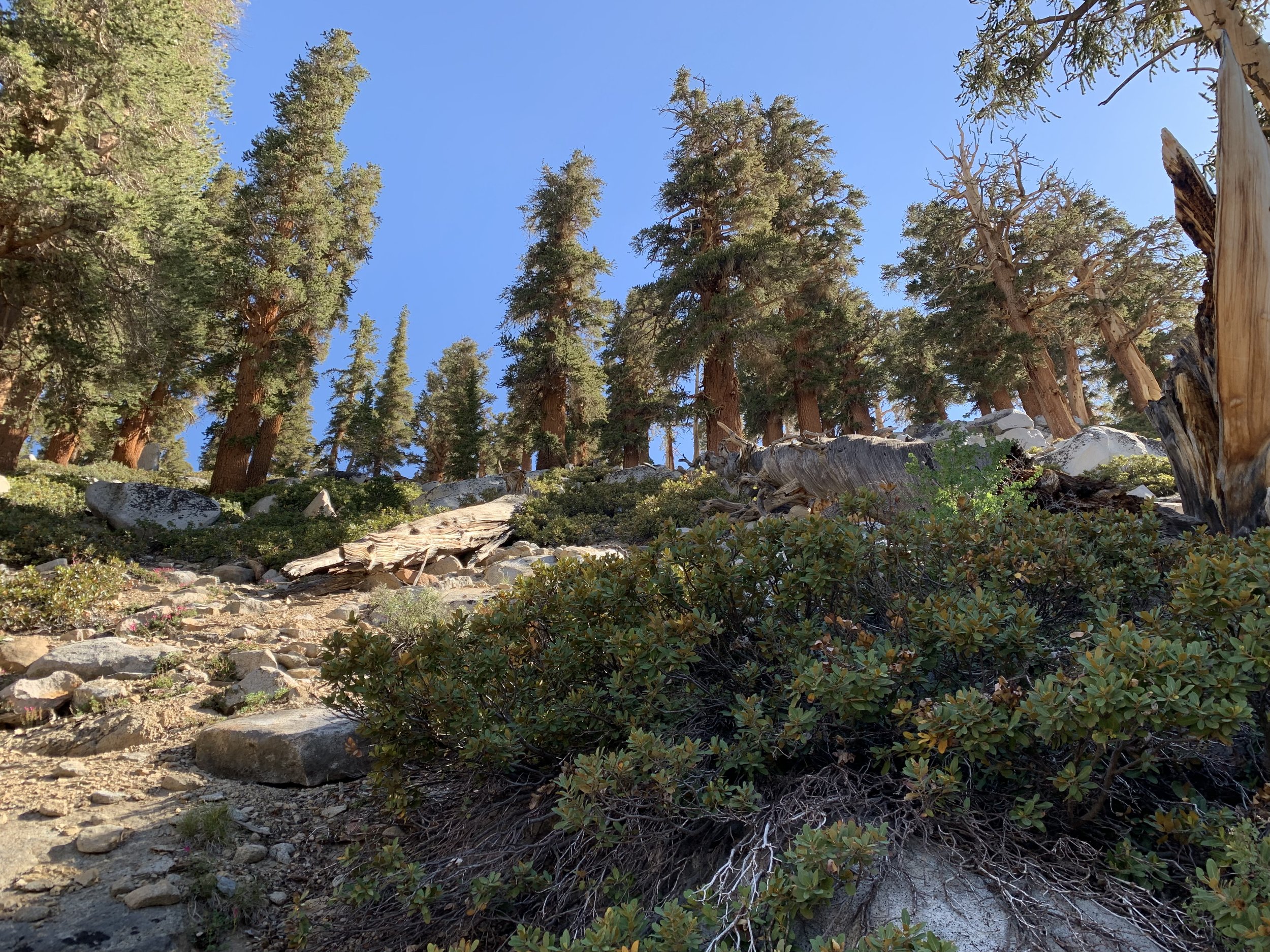
Conifers & Oaks of California
It is in viewing these trees, the meditation of viewing such a spectacle, that one can see that they are not the hero, that such a creation of life can stand bolder and far more ancestral than your life could ever be.
Scroll ↓
Sequoia National Park, California
The Giant Sequoia (Sequoiadendron giganteum) is California’s most extraordinary endemic species. Once a dominant species in the Cretaceous era, it is now a rare and endangered Giant left to a collection of upper slopes in the Sierra Nevada. The Sequoia is the largest tree in the world and one of the tallest. Its bark is impenetrable to pests, its orange fiber is fireproof, and having fought through glacial ice ages, the final elders still stand gracefully for us to witness their might. Long live the Giant Sequoia!
Henry Cowell State Park, Felton, California
Henry Coe State Park, Morgan Hill, CA
The California Valley Oak (Quercus lobata) is the largest oak in North America. It resides in the hot interior valleys of California, where it grows nearly independently, creating a striking visual. The acorns were valuable to the natives, who collected them as a sign of family wealth and traded them with other tribes. The branches arch out longer than the tree is tall, causing a breathtaking and blissful understory. The Oak is a deciduous tree with lobed leaves and long, slender acorns. Typically, it is an isolated tree; however, the Valley Oak's most common neighbors are the coastal Live Oak, Blue Oak, and the Foothill pine.
As soon as a Redwood is cut down or burned, it sends up a crowd of eager, hopeful shoots, which, if allowed to grow, would in a few decades attain a height of a hundred feet, and the strongest of them would finally become giants as great as the original tree. -John Muir
The Coastal Redwood (Sequoia Sempeviren) is the tallest tree in the world. Like the Sequoia, it is an endemic species of California. Growing along the central and northern coastline of California, the Redwoods have carved out a most extraordinary life. The Redwood is a long-living conifer(2,000-3,000 years). Its ability to grow tall is partly due to its fire resistance and the coast’s moist climate. To the north, where the trees are tallest, they rarely see fire, but down south in Big Sur, the Redwoods are shorter but more fire resistant. The Redwood can also create their own moisture, keeping a marine layer from the ocean on them throughout the day. When a wildfire runs through a Redwood forest, the height protects the canopy from the flames, but if the canopy is to burn, an adaptation of self-pruning begins to repair the limbs. If one gets the opportunity to see a healing Redwood forest, one may feel like one is on an alien planet.
The Redwood has been found to have a rare albinism mutation, which is not common in the Conifer family. These tuffs of albino needles act as parasites as they are not able to manufacture chlorophyll.
-Santa Cruz, California
A person for scale standing at the base of a Sequoia. -Sequoia National Park, CA
Big Basin State Park, California





